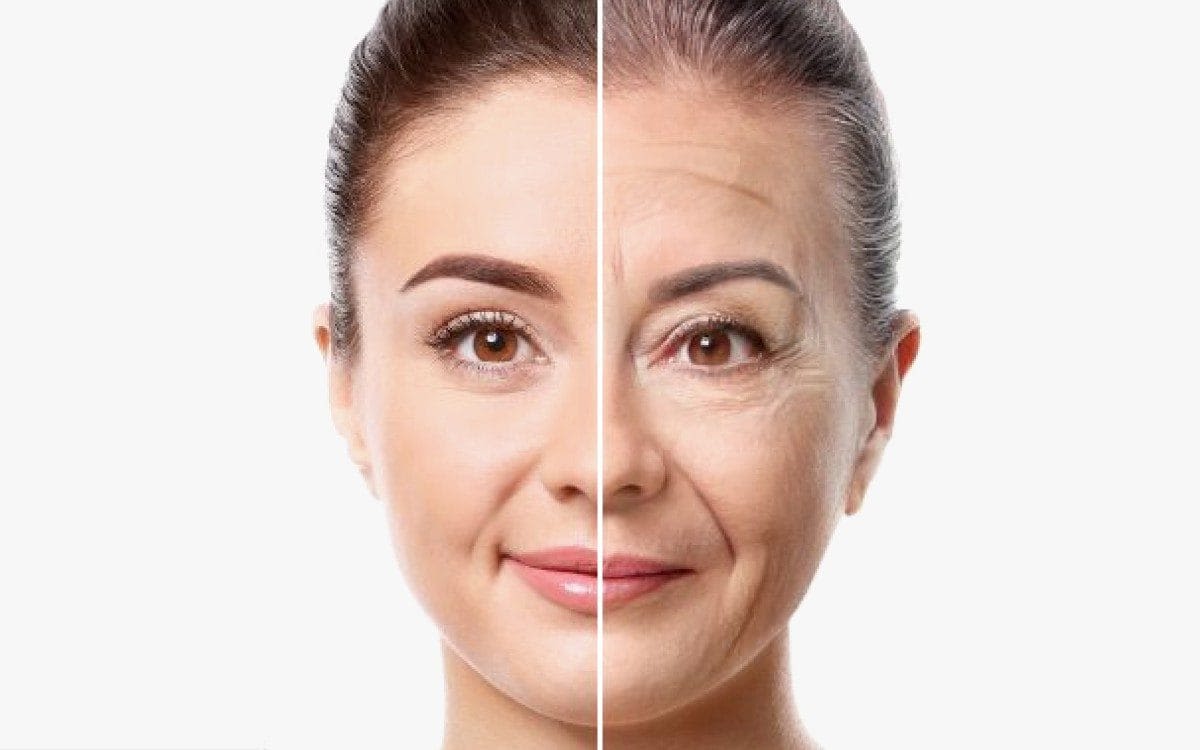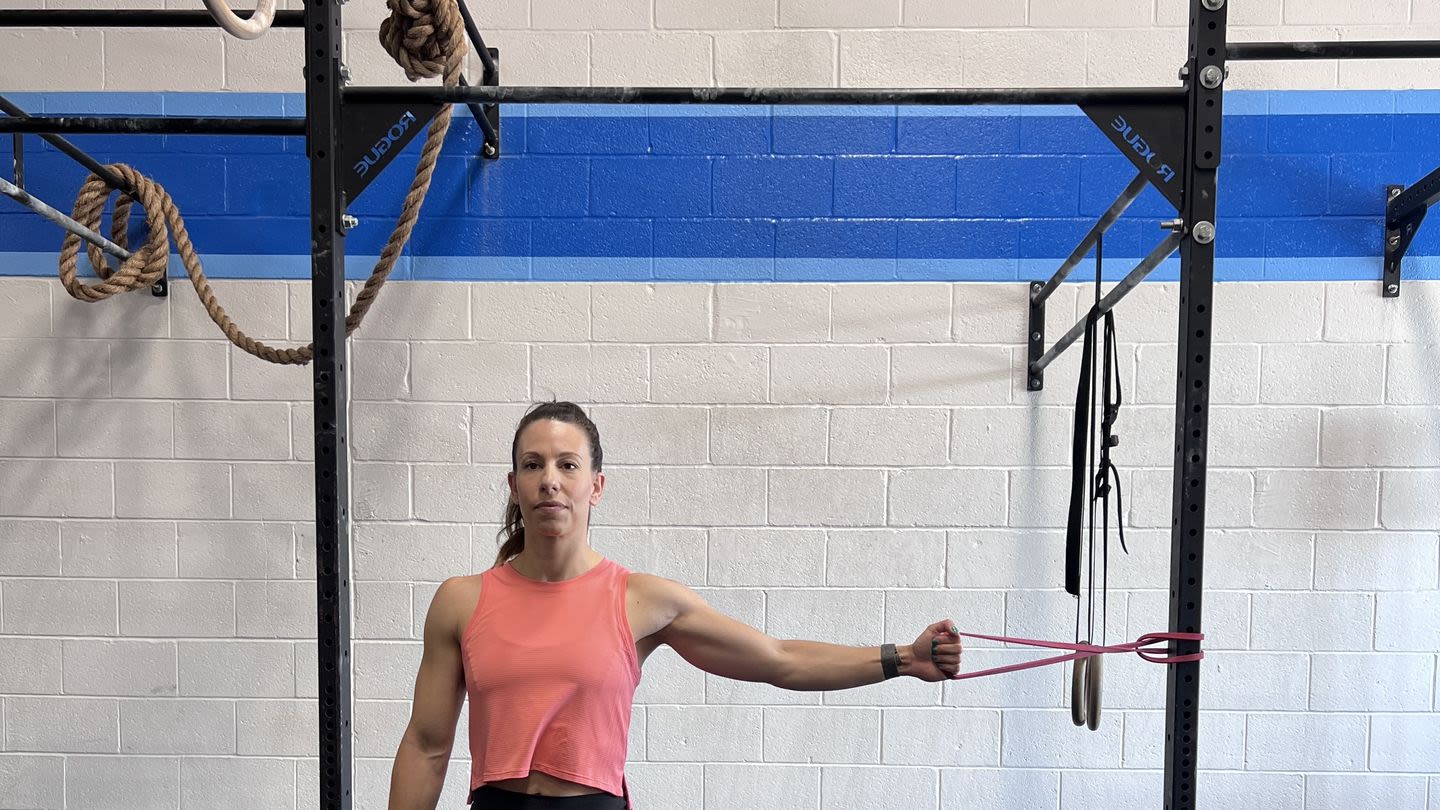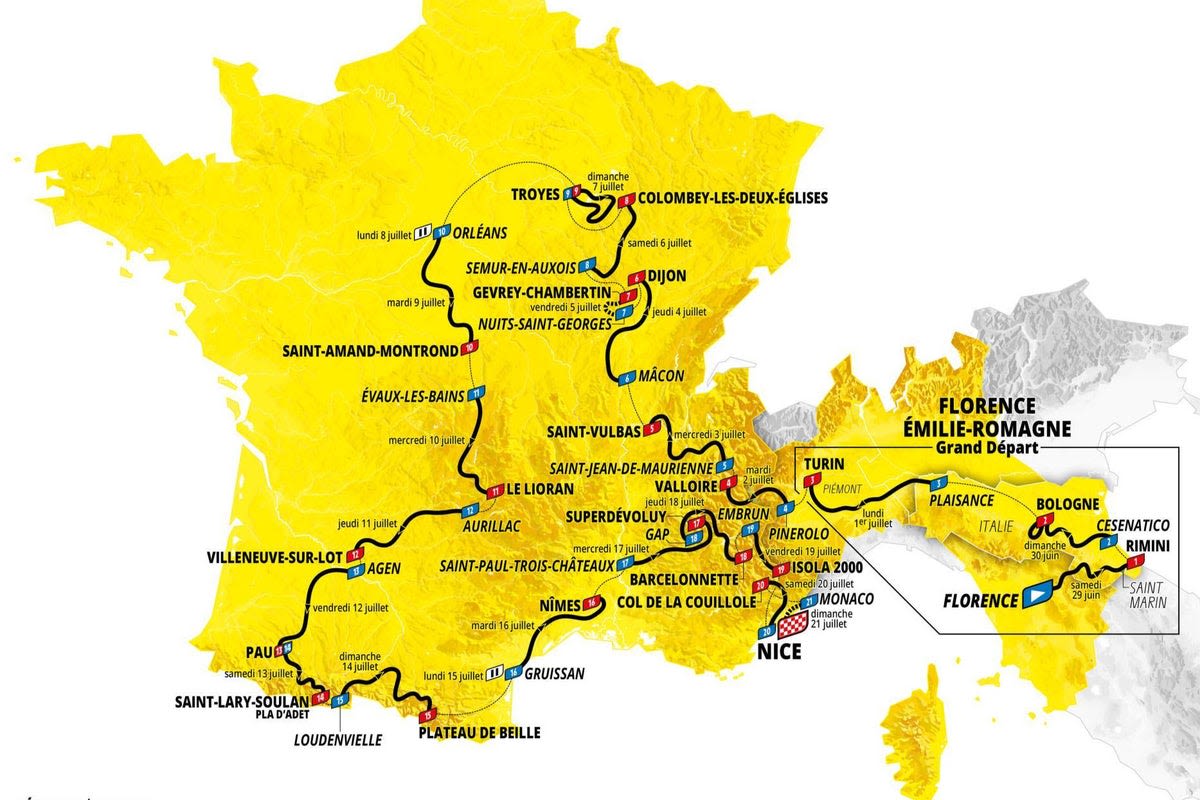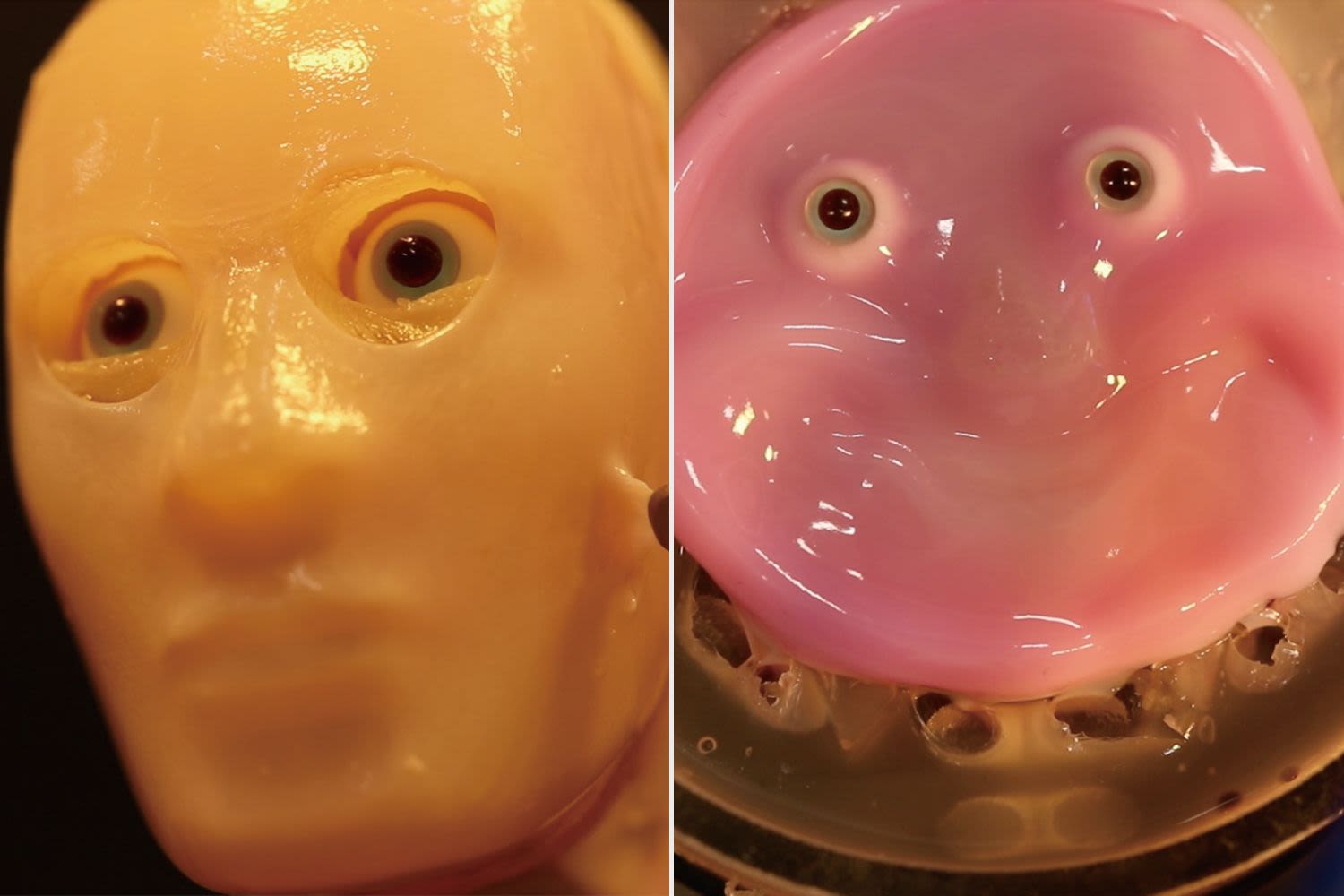Search results
6 days ago · The facial muscles can broadly be categorised into three groups – orbital, nasal and oral. In this article, we shall look at the anatomy of the muscles of facial expression – their attachments, actions and clinical relevance.
Nov 21, 2023 · The facial muscles, also called craniofacial muscles, are a group of about 20 flat skeletal muscles lying underneath the skin of the face and scalp. Most of them originate from the bones or fibrous structures of the skull and radiate to insert on the skin.
Aug 4, 2021 · Your facial muscles work together to control the parts of your face. They are essential to chewing, facial expressions and other functions. Weakness or paralysis of your face muscles can be a temporary condition or a serious medical problem.
Jul 12, 2023 · The facial muscles are also known as the muscles of the facial expression or the mimetic muscles. These muscles are a group of approximately 20 superficial skeletal muscles of the face and scalp divided into five different groups according to their location and function.
News about Zac Efron, Nestlé, jaw surgery
News about belly fat, resistance bands, exercises
Also in the news
Structure. The facial muscles are just under the skin ( subcutaneous) muscles that control facial expression. They generally originate from the surface of the skull bone (rarely the fascia), and insert on the skin of the face. When they contract, the skin moves. These muscles also cause wrinkles at right angles to the muscles’ action line. [2]
Apr 20, 2024 · The human face possesses around 30 muscles on each side, depending on how they are counted. The facial muscles are striated muscles that link the facial skin to the skull bone to perform important daily life functions, such as mastication and emotion expression.
Muscles of facial expression, simply known as the facial muscles are found deep to the skin of the scalp, face, and neck. Most facial muscles are attached to bones or fascia on one end, and skin on the other, so that when they contract they create facial expressions.
Jan 17, 2023 · The human face is composed of numerous muscles that control fine movement to produce facial expressions. Unlike other muscles, these muscles originate on bone or fascia of the face and attach directly to the skin, allowing it to be manipulated.
Oct 30, 2023 · Face muscle anatomy. Found situated around openings like the mouth, eyes and nose or stretched across the skull and neck, the facial muscles are a group of around 20 skeletal muscles which lie underneath the facial skin.
The facial muscles (also called the muscles of facial expression) are situated within the subcutaneous tissue of the face. They are responsible for the movements of skin folds, providing different facial expressions. The facial muscles originate from the bones of the facial skeleton (viscerocranium) and insert into the skin.








